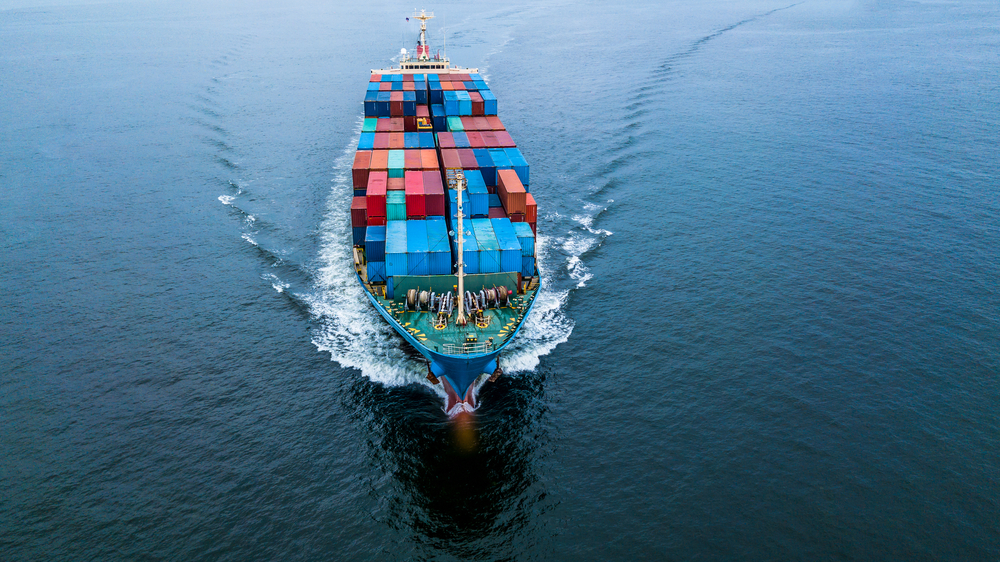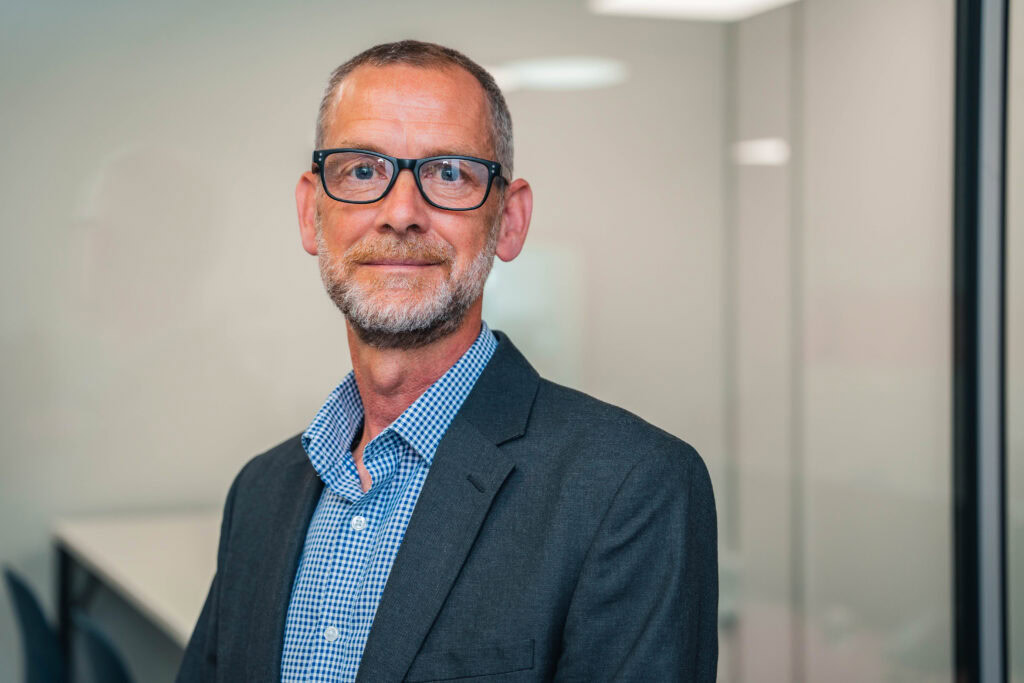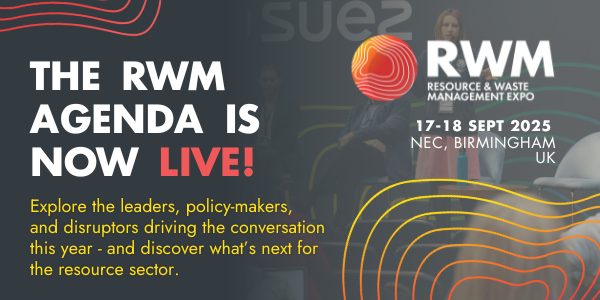
In January, the European Parliament backed changes to the Waste Electrical and Electronic Equipment (WEEE) Regulations. Once the European Council give their agreement the new regulations will be passed as EU law.
The new targets are viewed within the industry as ambitious but achievable with 45% of WEEE being collected by 2016, rising to 65% (85% of all e-waste generated) by 2019. Of equal importance is the acknowledgement that tighter controls are needed on the illegal exporting of WEEE, and with this revision in the regulations comes the change of onus from customs officials to exporters to prove that any products destined for foreign shores are to be reused or repaired only.
Consumer take-back
Also included in the amendments by the European Parliament was a retailer take-back scheme, different to a distributor take-back scheme in that members of the public will now be allowed to return any item of small WEEE to any electrical retailer without having to buy a product in return.
The much discussed WEEE reuse target of 5% was included within the total target figure of 85%, which has caused come controversy amongst major supporters of reuse. Once passed as EU law, the UK will have 18 months to incorporate the amendments into its own laws. Whether a separate reuse target will be included for the UK remains to be seen. Econo-Weee supports the cautious approach taken towards a reuse target until such times that both the destination and validity of the refurbished products can be guaranteed. One solution to this may be for already established Approved Authorised Treatment Facilities (AATFs) to start reuse arms, guaranteeing the quality of their evidence.
Infrastructure
No-one can argue in the current climate that the more waste that can be diverted from landfill the better, and there is certainly the capacity within the UK to deal with a much higher rate of reprocessing, so there should be no burden on existing infrastructure. Conversely, reprocessing plants will be able to run far more efficiently than at present.
Overall, the revised targets can be seen as a positive step in the sometimes challenging management of WEEE recycling. Since the regulations began, the system has needed tightening up to try and capture the WEEE that continues to slip through the net. The increase in collection points that will result from the retailer take-back scheme is a good opportunity to combat this to a certain degree. The higher targets may also go some way to address the huge amount of unaccounted WEEE for example that which sits in the light iron pile at many scrap metal merchants.







Subscribe for free